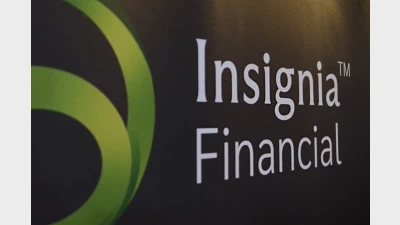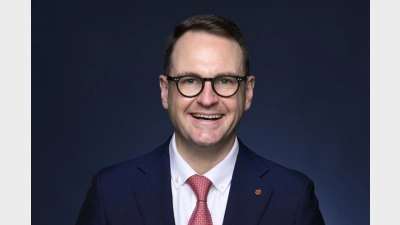Will a dozen super funds disappear via mergers before 2022?


There are likely to be a dozen fewer superannuation funds by the end of 2021 or early 2022 with at least four mergers currently well-advanced or underway and another eight in prospect.
Driving the pace of those mergers was pressure being exerted by the Australian Prudential Regulation Authority (APRA) and a continuing push for changes to the broader superannuation regime being exerted by key elements of the Federal Government backbench.
The superannuation fund mergers already on foot included that of NGS Super and Catholic Super, Media Super and Cbus, SunSuper and QSuper and the all-but-completed merger of WA Super with NSW-based First State Super (now Aware Super) which was expected to be bedded down in late November.
Money Management was aware of at least four other merger proposals in the early stages of discussion together with reports that a number of large superannuation funds were actively canvassing opportunities to on-board smaller funds.
According to one senior superannuation fund chief executive, where mergers between smaller or mid-sized funds were concerned, the objective appears to be to achieve a scale of around $20 billion.
“Beneath that $20 billion in funds under management (FUM) there is a view that there might still be pressure exerted by APRA,” he said.
Deloitte superannuation partner, Russell Mason, acknowledged the level of merger activity in the market and the manner in which it was being driven, in part, by both regulatory and political pressures.
However, he said that it took an average of between 18 and 24 months to complete a superannuation fund merger, meaning that many of those which were in the preliminary stages today might not be completed before the middle of 2022.
“It depends of the complexity of the exercise,” he said. “If it is a mega-fund virtually subsuming a relatively small fund then it is reasonably straightforward. It is the merger of peers which is more complex and difficult.”
One super fund executive suggested that, within a decade, there could be as few as 30 or 40 APRA-regulated funds with mega-funds dominating, alongside some middle-scale players and a handful of smaller, focused funds.
WA Super had sought to justify its merger with Aware Super by pointing to the scale benefits, outlining them as being better off for clients in the longer term as being part of a larger fund would offer substantial size and scale benefits.
WA Super members could look forward to:
- Ongoing local services: a broad range of products, advice and other services will be delivered for Western Australians from a local Perth office;
- Low fees: WA Super members will be with an industry fund committed to providing the strongest long-term returns at the lowest possible cost;
- Insurance continuation: WA Super members with insurance will transition to Aware Super with their cover remaining in place. The majority of members will even experience a reduction in insurance premiums;
- More investment options: members will have a wider choice of investment options that closely align with their attitude to investment risk and preferred asset allocation; and
- Strong returns: over the long term, a larger fund is able to deliver strong returns which ultimately provide better retirement outcomes for members. For example, Aware Super’s growth option returned 1.3% last year, making it a top-10 performer and one of only a few funds to deliver a positive return.
Recommended for you
Future Group is set to take on nearly $1 billion in funds under management (FUM) and welcome more than 100,000 new members following two significant successor fund transfers.
Insignia’s Master Trust business suffered a 1.9 per cent dip in FUA in the third quarter, amid total net outflows of $1.8 billion.
While the Liberal senator has accused super funds of locking everyday Australians out of the housing market, industry advocates say the Coalition’s policy would only push home ownership further out of reach.
Australia’s largest superannuation fund has confirmed all members who had funds stolen during the recent cyber fraud crime have been reimbursed.












